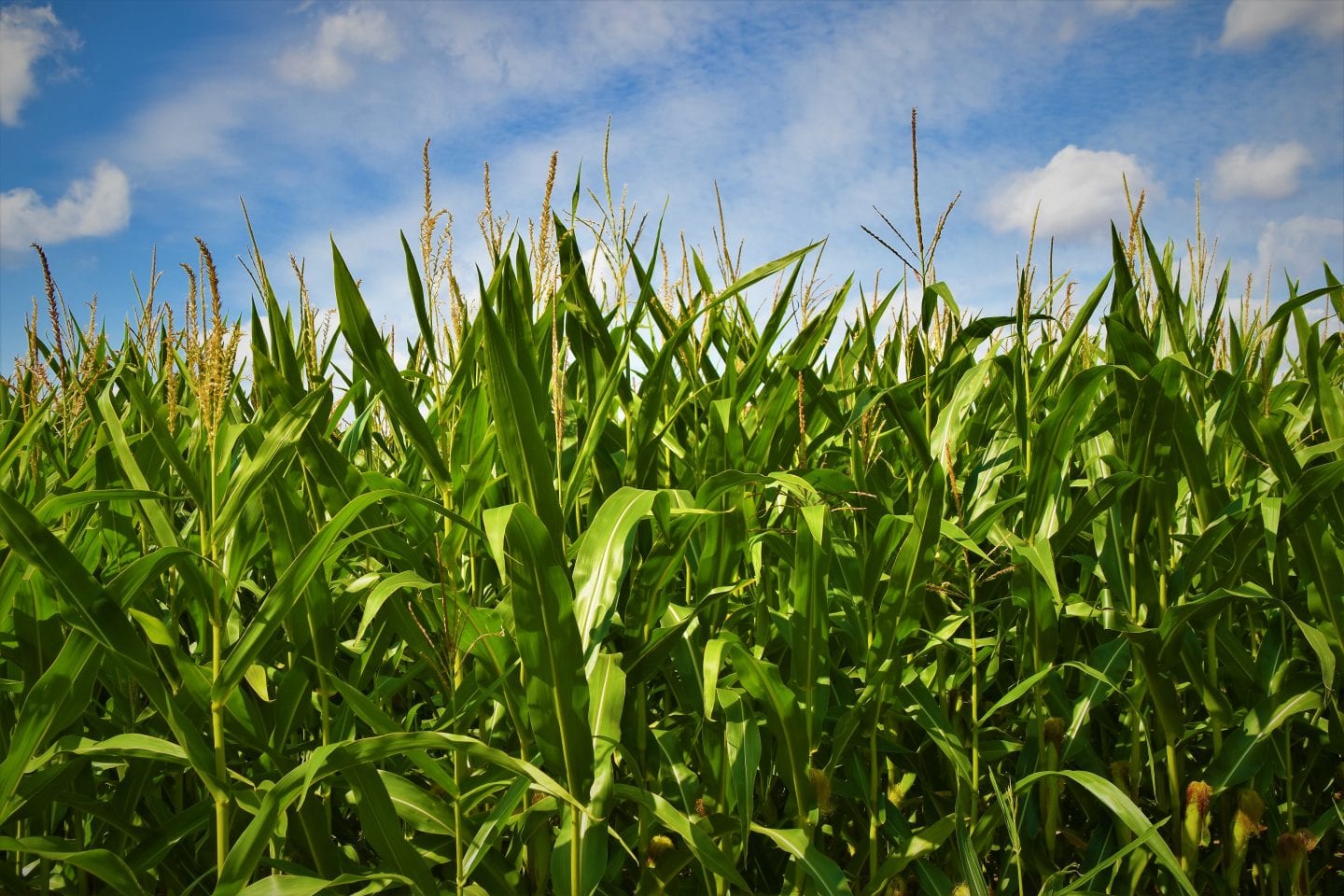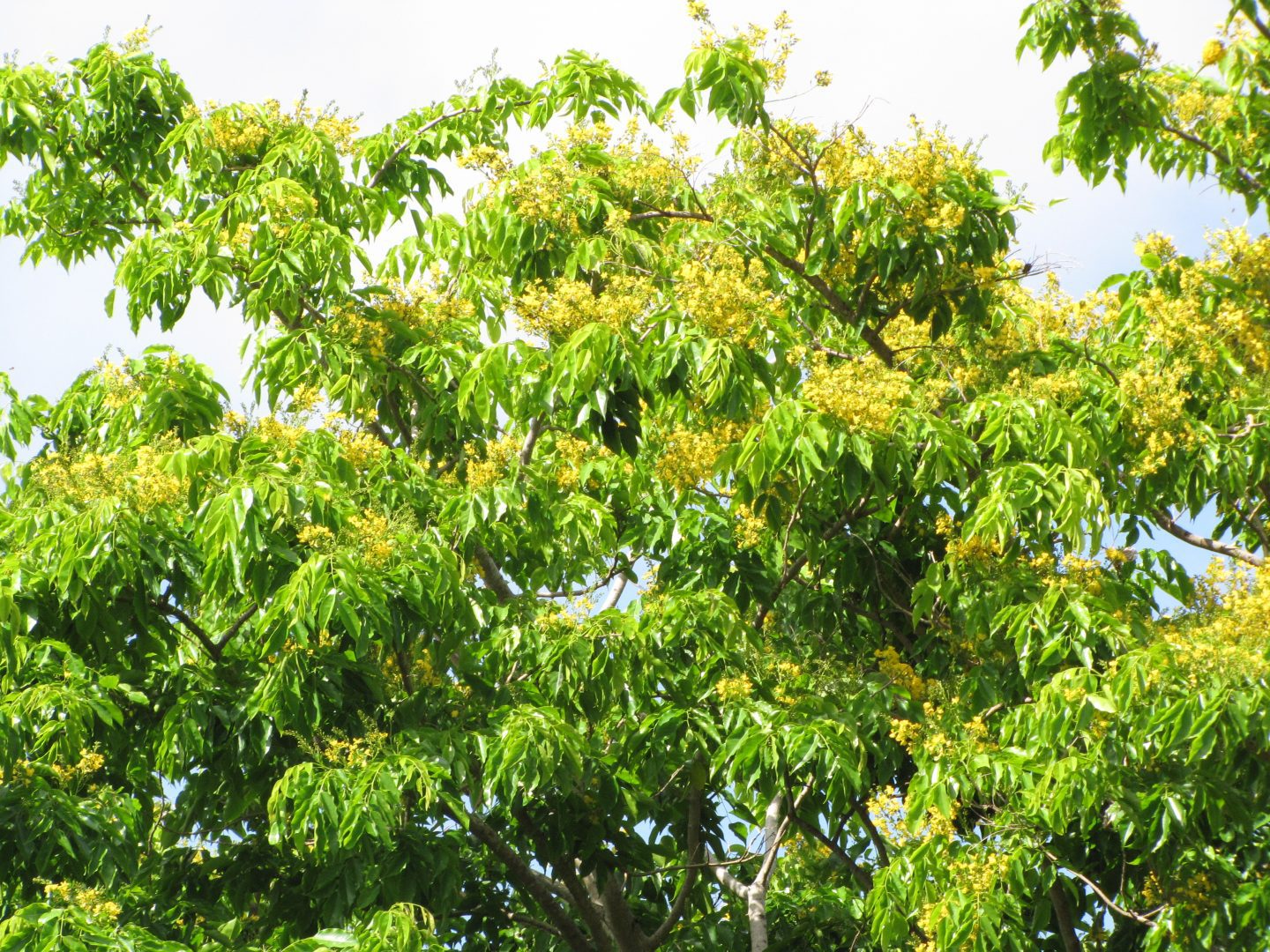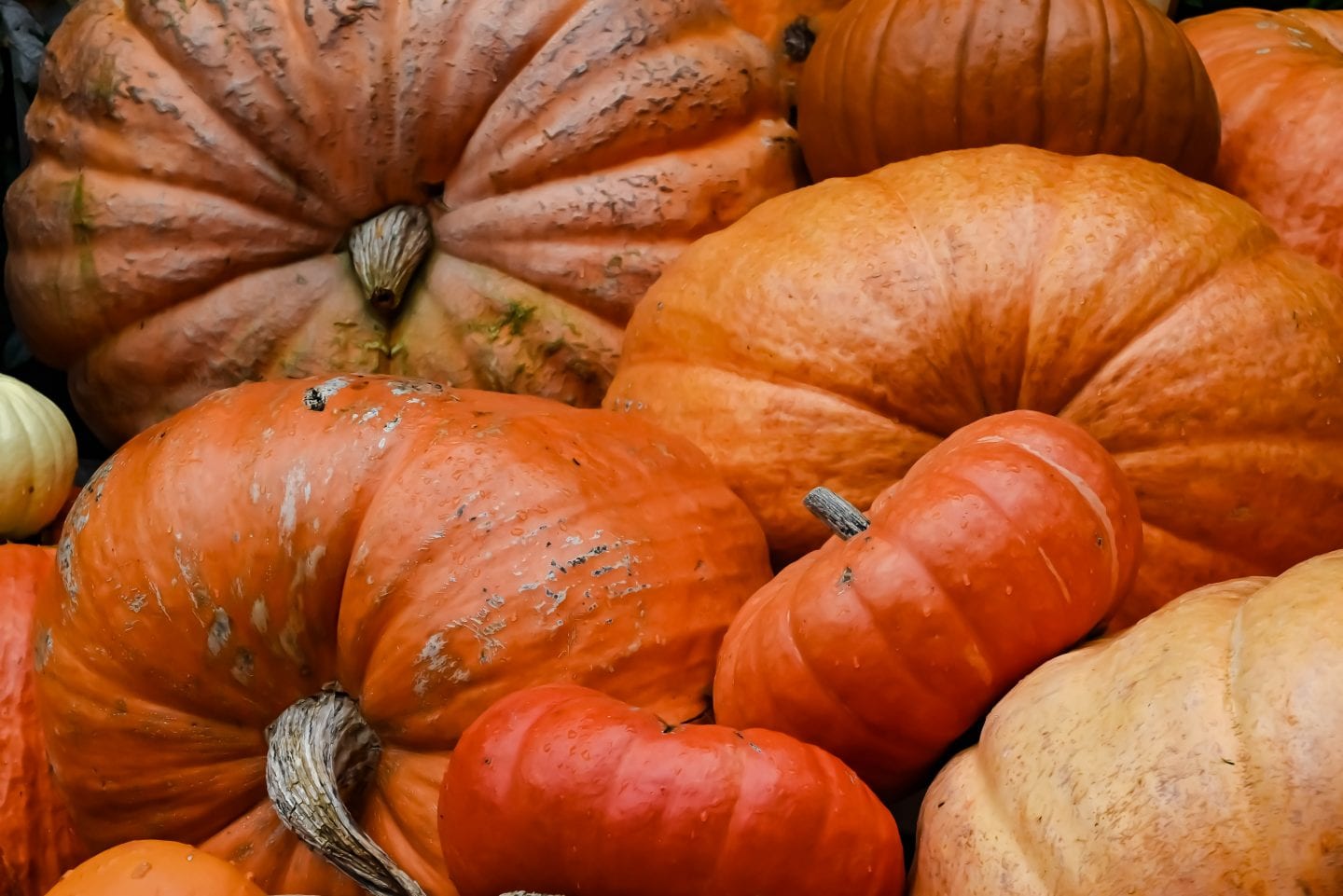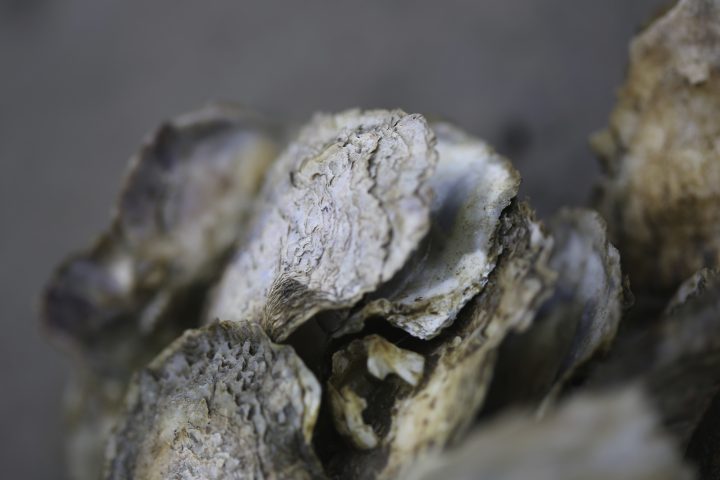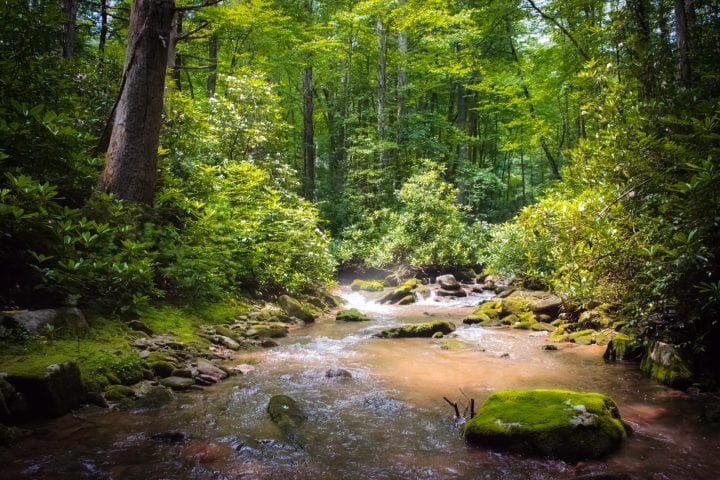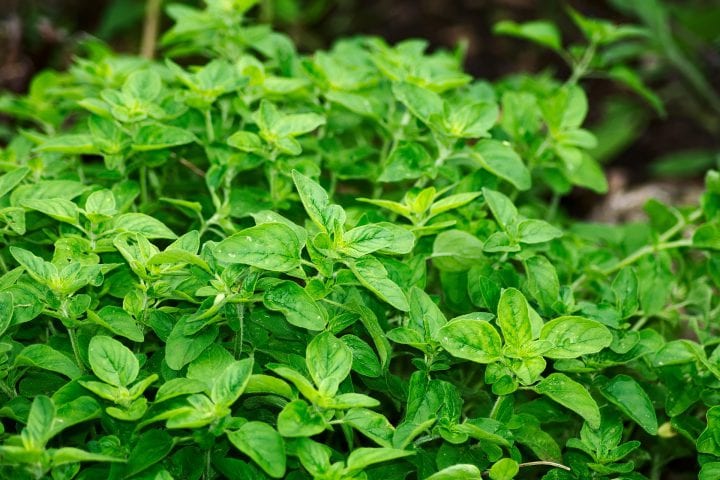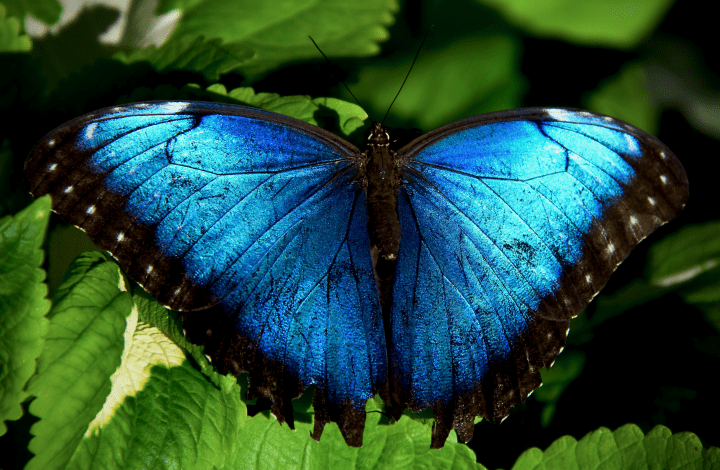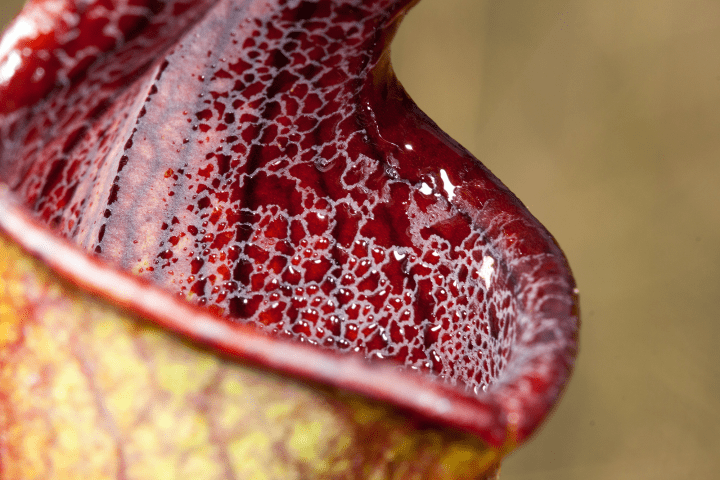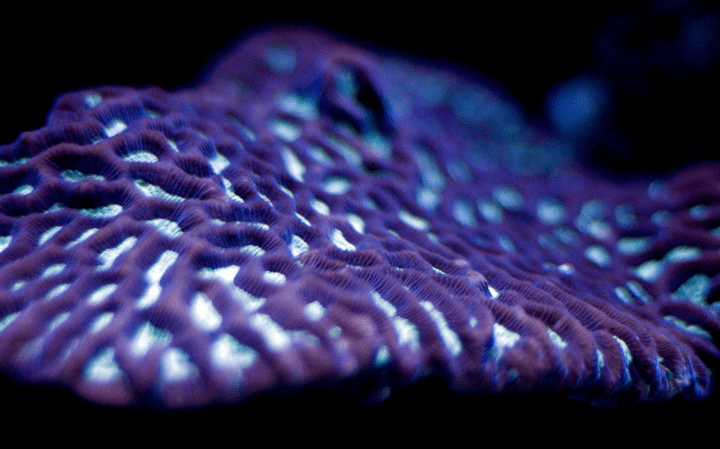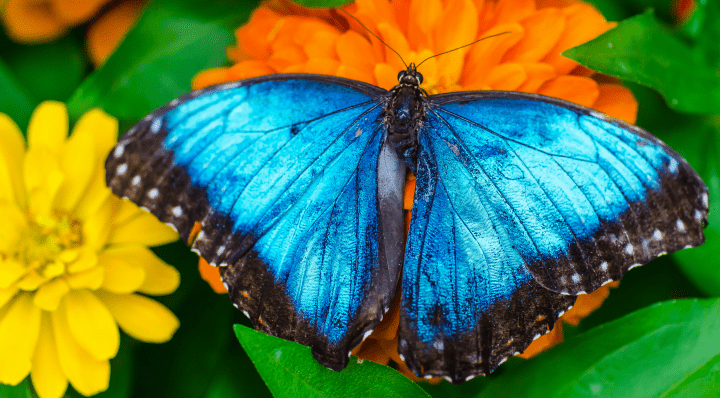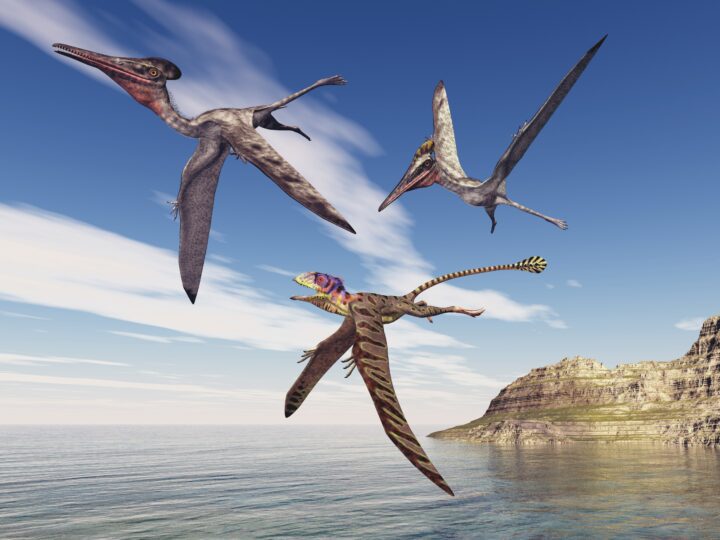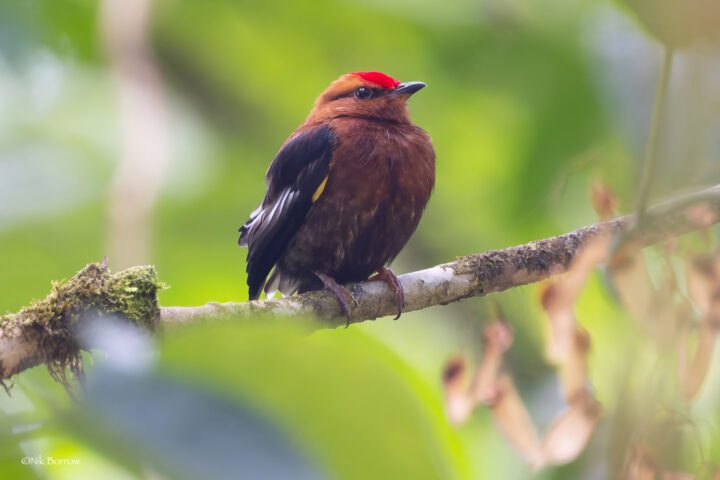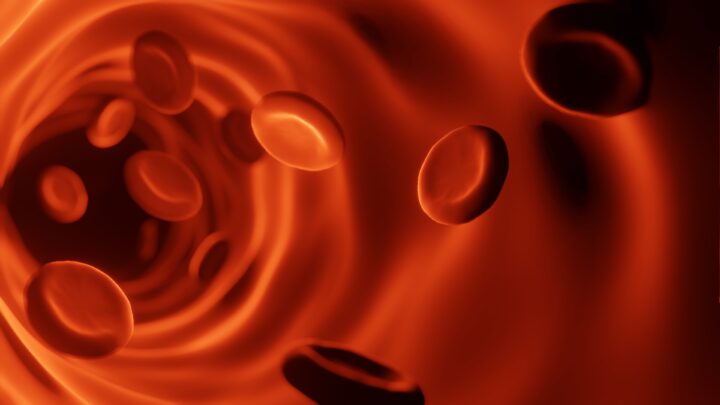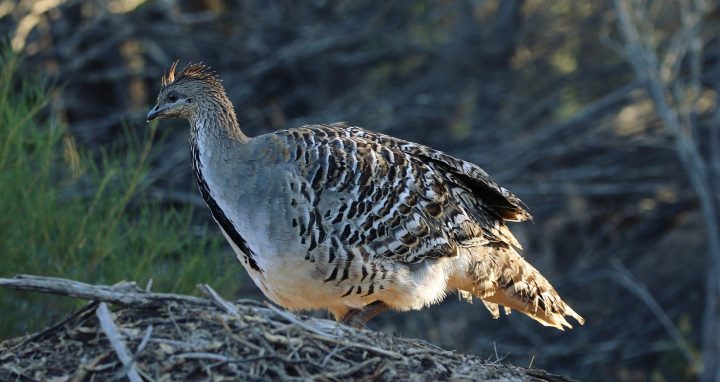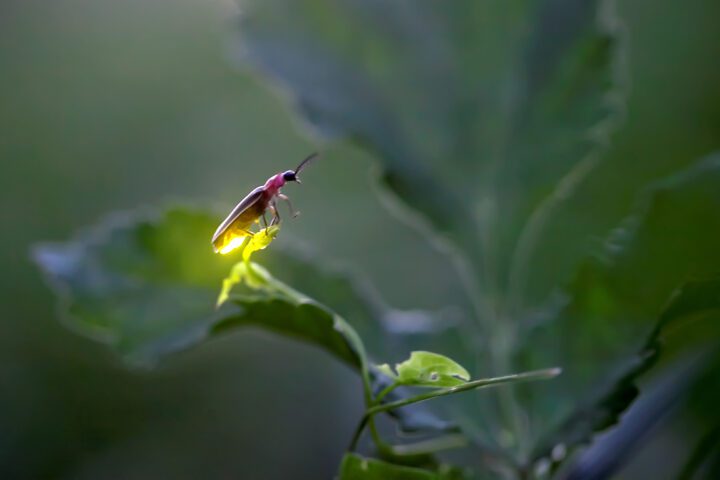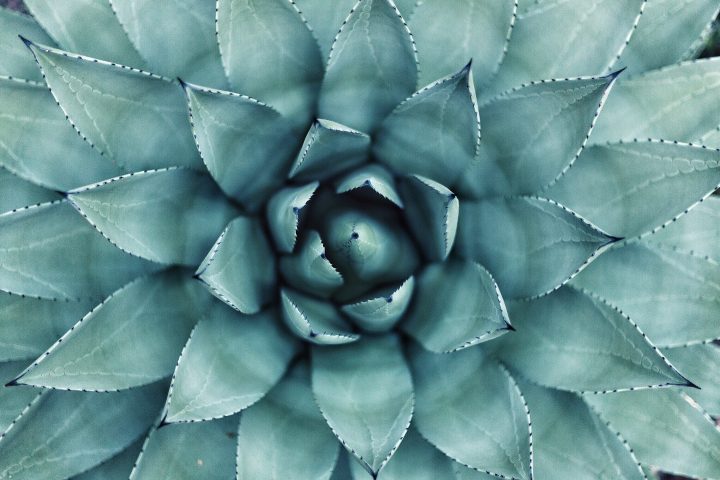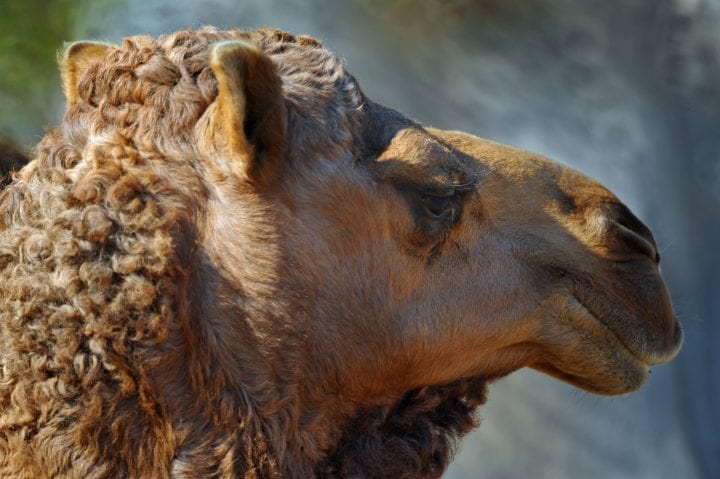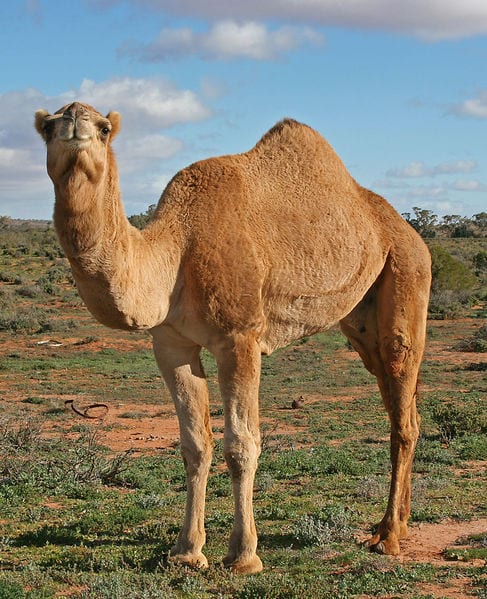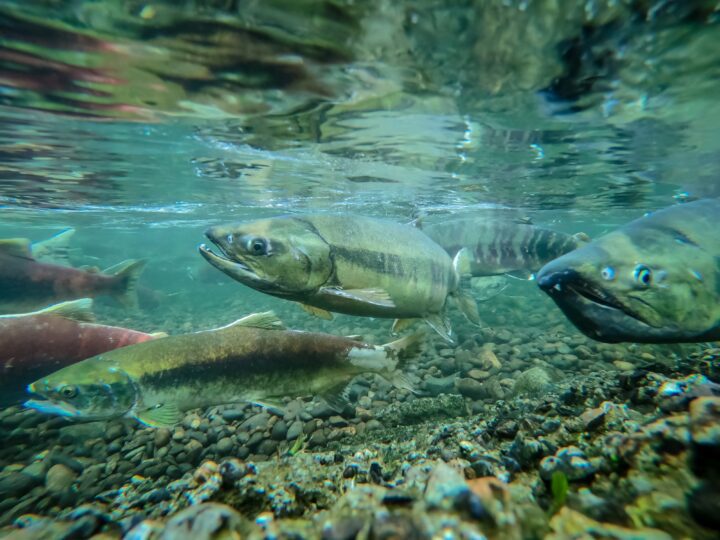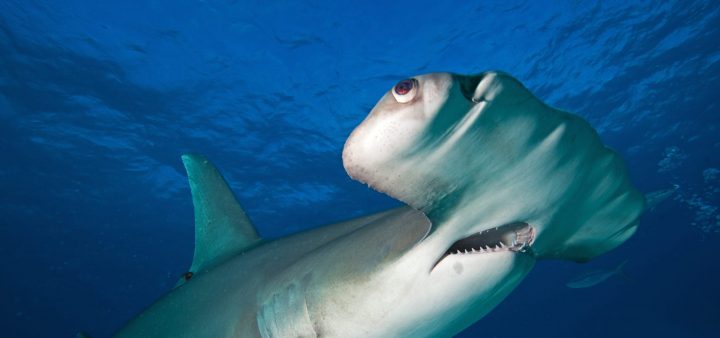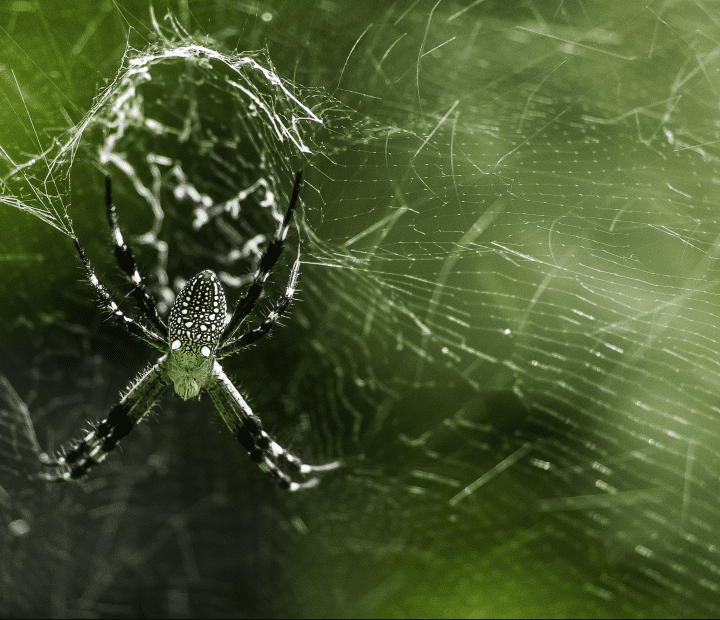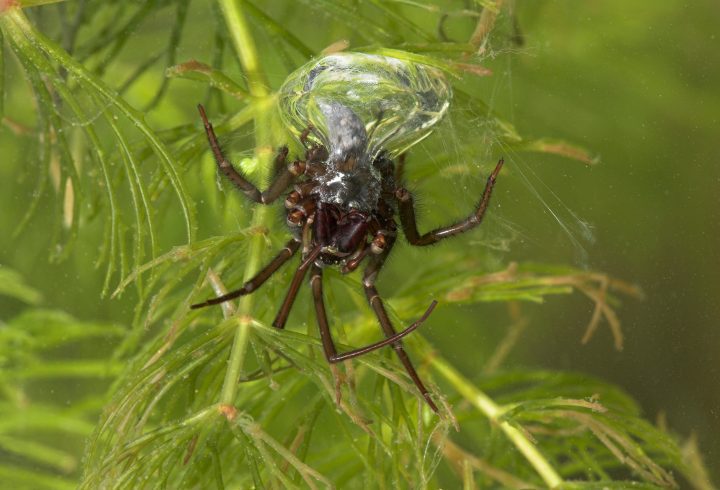
Biological Strategies
We've curated more than 1700 strategies of living things that can serve as inspiration for human innovation. Whatever challenge you're looking to address, nature can serve as your model, measure, and mentor.
Featured Strategies
Strategies Behind Recent Innovations
See the natural processes that inspired the innovations of nine finalists for the 2020 Ray of Hope Prize, presented by the Biomimicry Institute and Ray C. Anderson Foundation. This award helps biomimetic startups cross a critical threshold in becoming viable businesses by amplifying their stories and providing them with equity-free funding.
Move in/Through Gases
Living systems must move through gases (which are less dense than liquids and solids) such as those in the earth’s atmosphere. The greatest challenge of moving in gases is that because the living system is heavier than the gas, it must overcome the force of gravity. Moving efficiently in this light medium presents unique challenges and opportunities for living systems. As a result, they have evolved countless solutions to optimize drag and increase lift so that they can stay aloft and take advantage of variable currents. Additionally, they must overcome gravity when moving from a liquid or solid into the air. The fairyfly, the smallest known insect, is a tiny wasp that must move through the air. To the wasp, air feels like a heavy liquid and to move through it, it uses special feathery oars rather than wings.
Transform/Convert Energy
All living systems require energy, but they can’t create energy and they don’t all need the same source of energy. However, living systems have ways to convert energy that’s in the environment into different forms. The main forms they convert are electric, magnetic, chemical, mechanical, thermal, and radiant energy. For example, a spider captures energy by eating insects which consist of proteins, carbohydrates, and other chemicals. It then converts that energy into mechanical energy to grow and make its legs and spinnerets move.
Store Resources
Once a living system obtains resources of any kind, it often needs a way to store them. This can be short-term storage, such as a pelican holding fish in a sac below its beak, or longer term, such as a squirrel storing summer seeds for winter food. When storing resources is necessary, it is critical that they be stored in places where they can be accessed again and in ways that retain their quality. Sometimes that storage is within the living system and other times, it is external. When resources must be stored for a long time, it is sometimes necessary to change the resource into a more stable form. Bulbs and tubers (such as tulips and onions) are examples of how plants store energy-rich carbohydrates during the non-growing season so they are ready to build leaves and flowers during the next growing season.
Dromedary camel
Fish
Class Agnatha (“without jaws”), Class Chondrichthyes (“cartilage fish”), Superclass Osteichthyes (“bone fish”): Sharks, eels, snapper, hagfish
The fish are a diverse group, comprising multiple classes within Phylum Animalia. The most well-known classes are Chondrichthyes, which has sharks and rays, and superclass Osteichthyes, which has all bony fish like cod and tuna. Unlike other vertebrates, fish only live in water. They use special adaptations like fins, gills, and swim bladders to survive. Most are ectothermic, meaning their body temperature depends on the water temperature around them. Over half of all vertebrates are fish. They’re found from the bottom of the sea to high mountain lakes.
Arachnids
Class Arachnida (“spider”): Spiders, mites, ticks, scorpions
Arachnids get a bad reputation, but they play an important role in the ecosystem by controlling insect populations. Almost half of the species in the class are spiders, and most live in terrestrial environments. Unlike insects, most arachnids have two body sections: the cephalothorax, which is the head and thorax fused together, and the abdomen. Mites and ticks, on the other hand, have only one body section that is relatively flat. This body shape comes in handy for the species that are parasitic, because it makes it harder for their hosts to bite or scratch them off.
